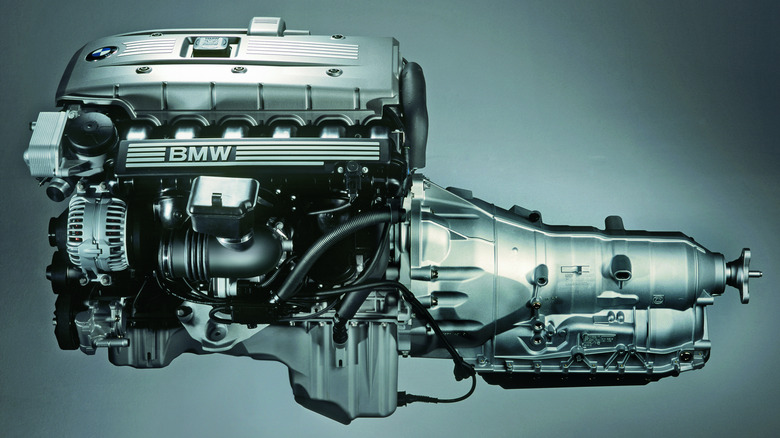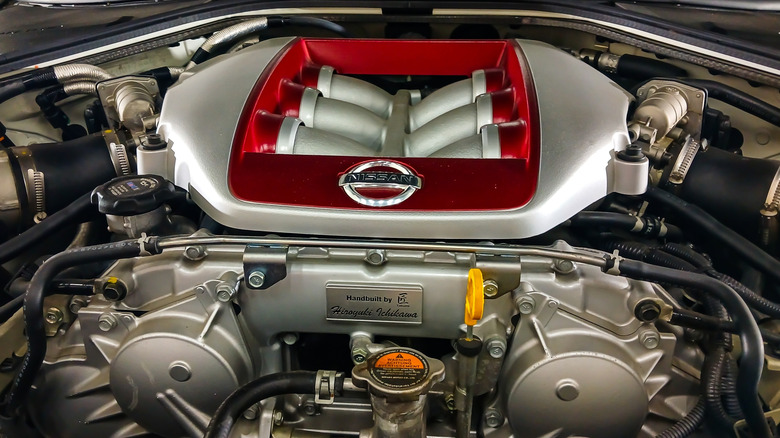Do Inline-6 Engines Make More Torque Than V6s?
The question of whether inline-six engines make more torque than V6s is — it depends. The torque that an engine produces is a measure of the rotational force that the driveshaft receives. While an inline-six engine often produces more torque than a V6 at lower engine speeds, a V6 engine can achieve more torque at higher engine speeds. To know which type you have, simply look at your six-cylinder engine. If it has two rows of three cylinders each, it's a V6. If all of its cylinders are in a single straight row, it's an inline six.
Several benefits come with an inline layout for a six-cylinder engine. You only need one cylinder head, one head gasket, and half as many other parts compared to a V6. The inline six also has better lubrication and a shorter timing belt than a V6, while also producing less vibration and running quieter than a V6, as some of the most reliable inline-6 engines ever built make clear.
A V6 engine is more compact and efficient than an inline six, weighs less, and has less friction than an inline-six. This makes it easier to place the V6 transversely within a vehicle, making it suitable for front-wheel drive vehicles. While inline sixes are usually placed longitudinally in the front of a vehicle due to space requirements, a V6 can easily be placed behind the driver in a mid-engine layout or behind the rear axle.
What else should you know about the torque produced by inline-sixes and V6s?
Torque and horsepower are closely related but not the same. Torque measures the engine's rotational force, while horsepower factors in how quickly that torque is applied. An engine with a higher amount of horsepower can apply its torque at a much faster rate over time, providing faster acceleration. This helps to explain why the cars with the highest horsepower ratings generally produce the fastest acceleration figures.
Torque is usually expressed in pound-feet (lb-ft) in the American system, with the metric system stating torque in Newton-meters (N-m). The precise measurement of a vehicle's torque usually requires the use of a dynamometer, which provides resistance to the engine's rotational force. The dynamometer, or dyno, can measure the engine's torque at either the drive wheels or at the crankshaft.
Depending on your particular preference for either the inline-six engine or the V6 engine, there have been some truly exceptional examples of both types produced over the years, something that becomes even clearer when looking at some of the most reliable six-cylinder engines ever made.

